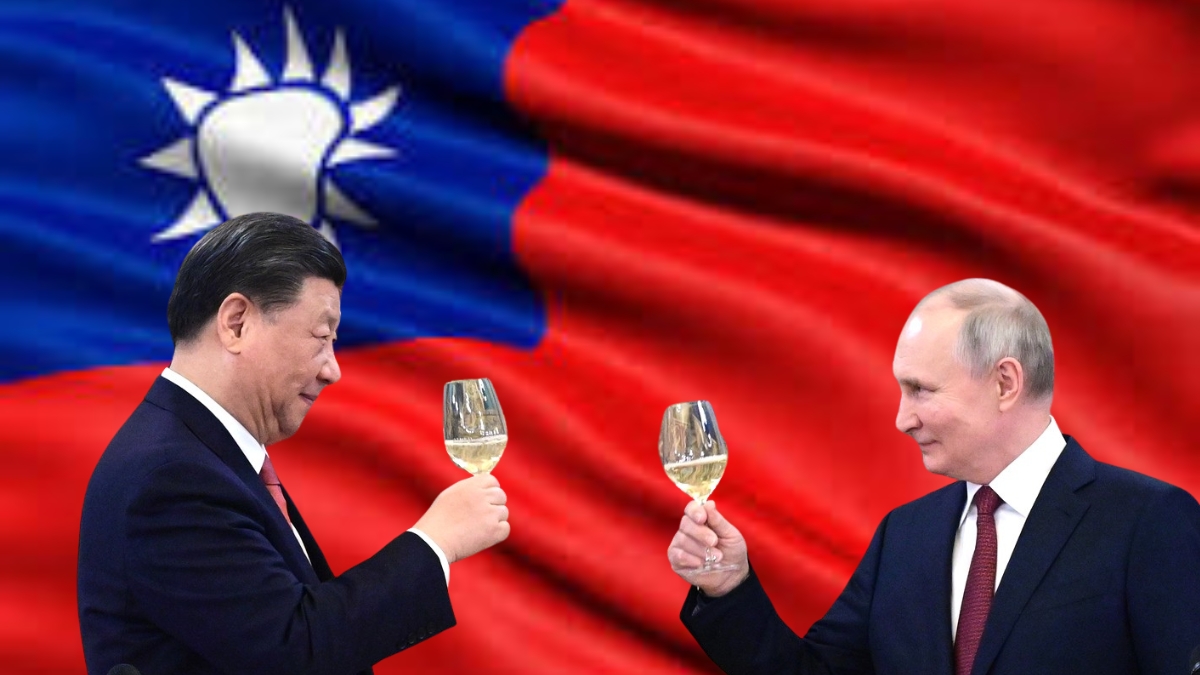China’s military is expanding its options for seizing Taiwan, with newly uncovered contracts showing Russia is equipping and training the People’s Liberation Army (PLA) to airdrop armoured vehicles and special forces. The deal, verified by London-based think tank Royal United Services Institute through leaked documents, points to Moscow sharing expertise in airborne manoeuvre operations—an area where it still holds an edge over Beijing.
For Beijing, this cooperation reflects both President Xi Jinping’s directive to prepare for a Taiwan invasion by 2027 and the limits of relying solely on amphibious or airfield seizure operations. The addition of airborne armour is designed to complicate Taiwan’s defence calculus, while also signalling a deepening of Sino-Russian military-industrial ties despite long-standing Russian concerns over Chinese reverse engineering.
What has Russia agreed to supply and train?
The contracts cover the sale of light amphibious BMD-4M assault vehicles, Sprut-SDM1 anti-tank guns, and BTR-MDM personnel carriers, along with command and observation systems. Russian instructors are tasked with training a battalion of Chinese paratroopers in the employment of these vehicles, including collective battalion-level exercises to be held in China.
The agreements also extend to specialist parachute systems, reconnaissance drones, and the transfer of maintenance and production know-how. A technical repair and sustainment centre is to be set up in China, giving the PLA the capacity to localise and eventually mass-produce airborne equipment. This represents a full cycle of technology transfer—armoured platforms, delivery methods, and operating doctrine.
How does this change China’s options for Taiwan?
Amphibious landings on Taiwan are constrained by geography and well-known beach gradients, while airfields are likely to be disabled quickly in any conflict. By training to airdrop armoured vehicles onto firm ground near ports or runways, the PLA could insert light mechanised forces capable of holding key terrain until heavier reinforcements arrive.
This would mitigate the vulnerability of helicopter-borne infantry operating without armour, a weakness exposed in Russia’s failed attempt to seize Hostomel airfield during its Ukraine invasion. If Chinese forces can land armour by air, they add speed and dispersion to an operation already aimed at overwhelming Taiwan’s defenders before mobilisation.
What does this reveal about the Russia–China partnership?
Historically cautious about transferring advanced know-how to Beijing, Moscow is now exporting its airborne expertise and command-and-control procedures. The deal involves multiple Russian defence enterprises and mirrors the Kremlin’s broader reliance on Chinese financial and industrial support as the war in Ukraine grinds on.
For China, this partnership is less about acquiring new platforms—it already fields its own airborne vehicles—but about learning Russia’s combat-tested methods for coordinating armoured airdrops and airborne manoeuvre. The arrangement reflects a convergence of interests: Russia gains resources to sustain its war effort, while China acquires both equipment and doctrine that directly serve its 2027 Taiwan timetable.
(Image Updated)
